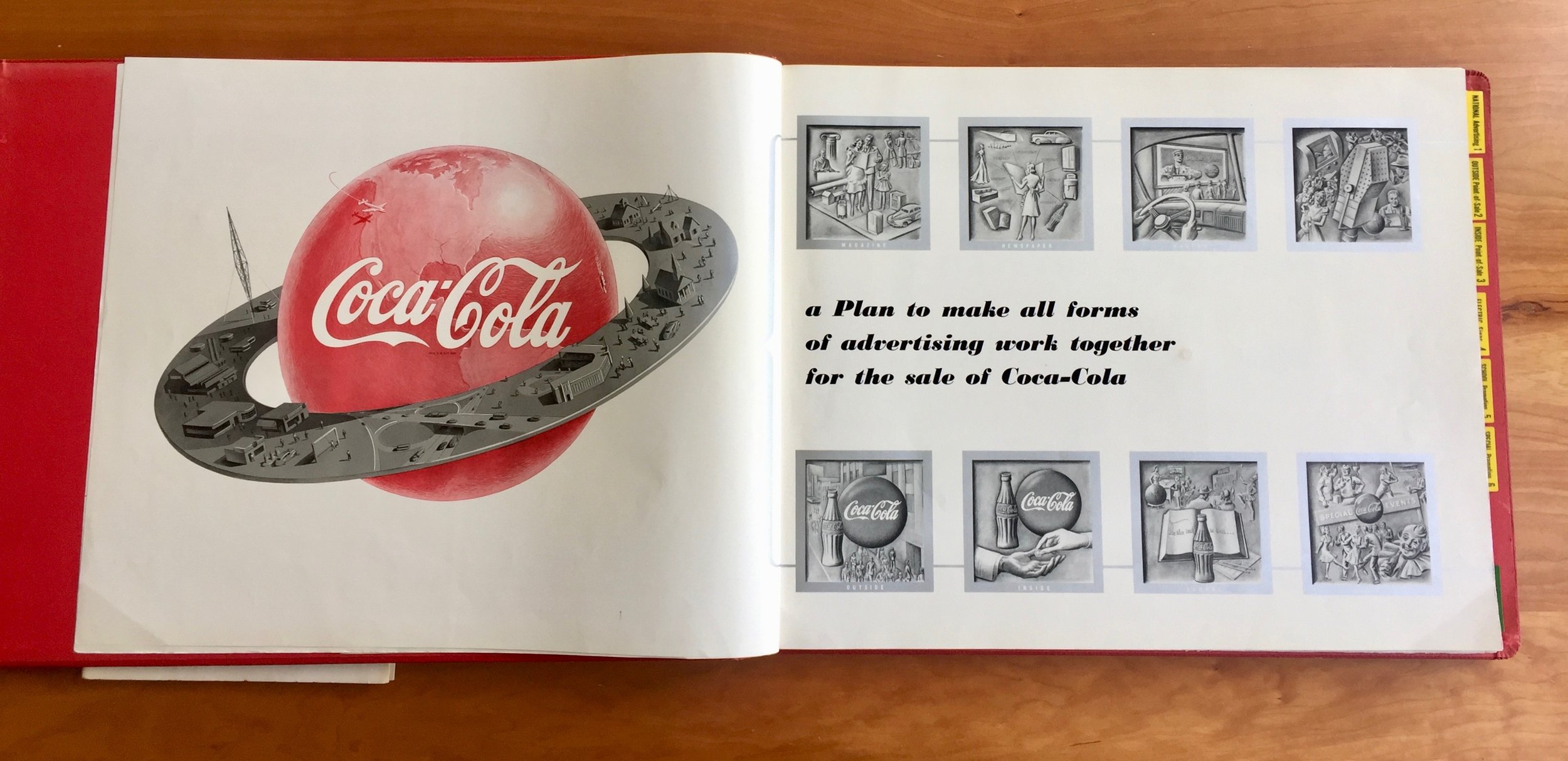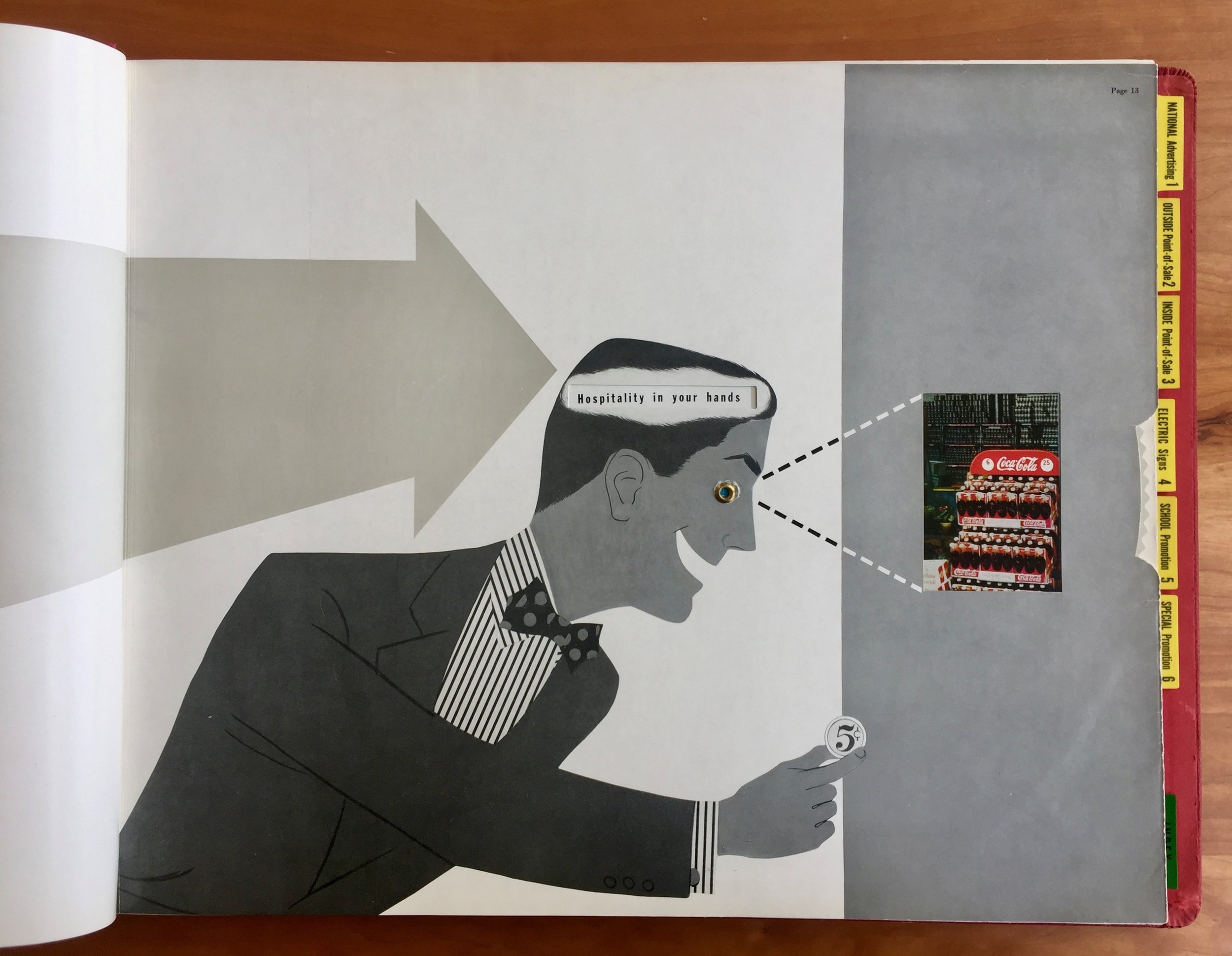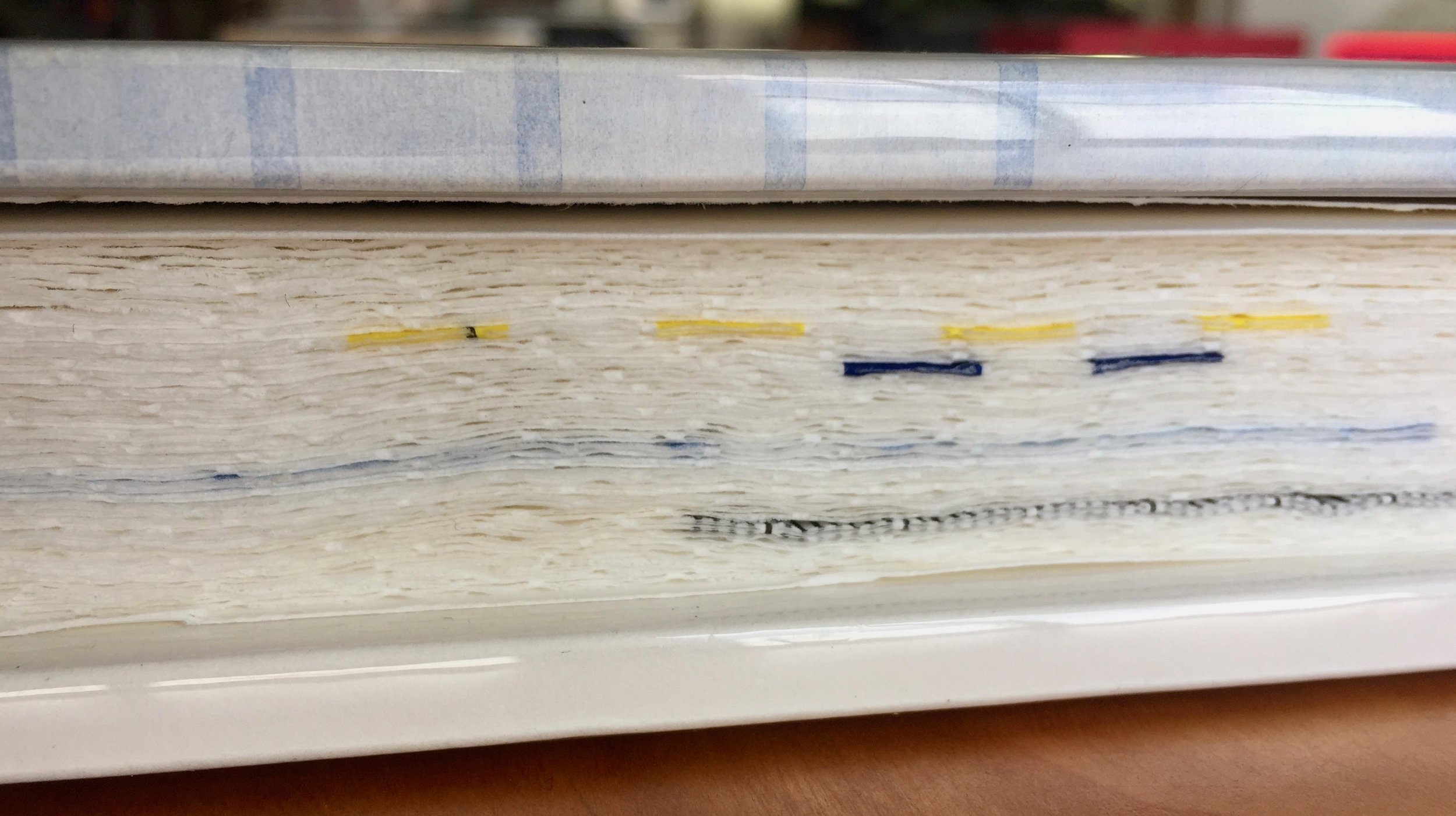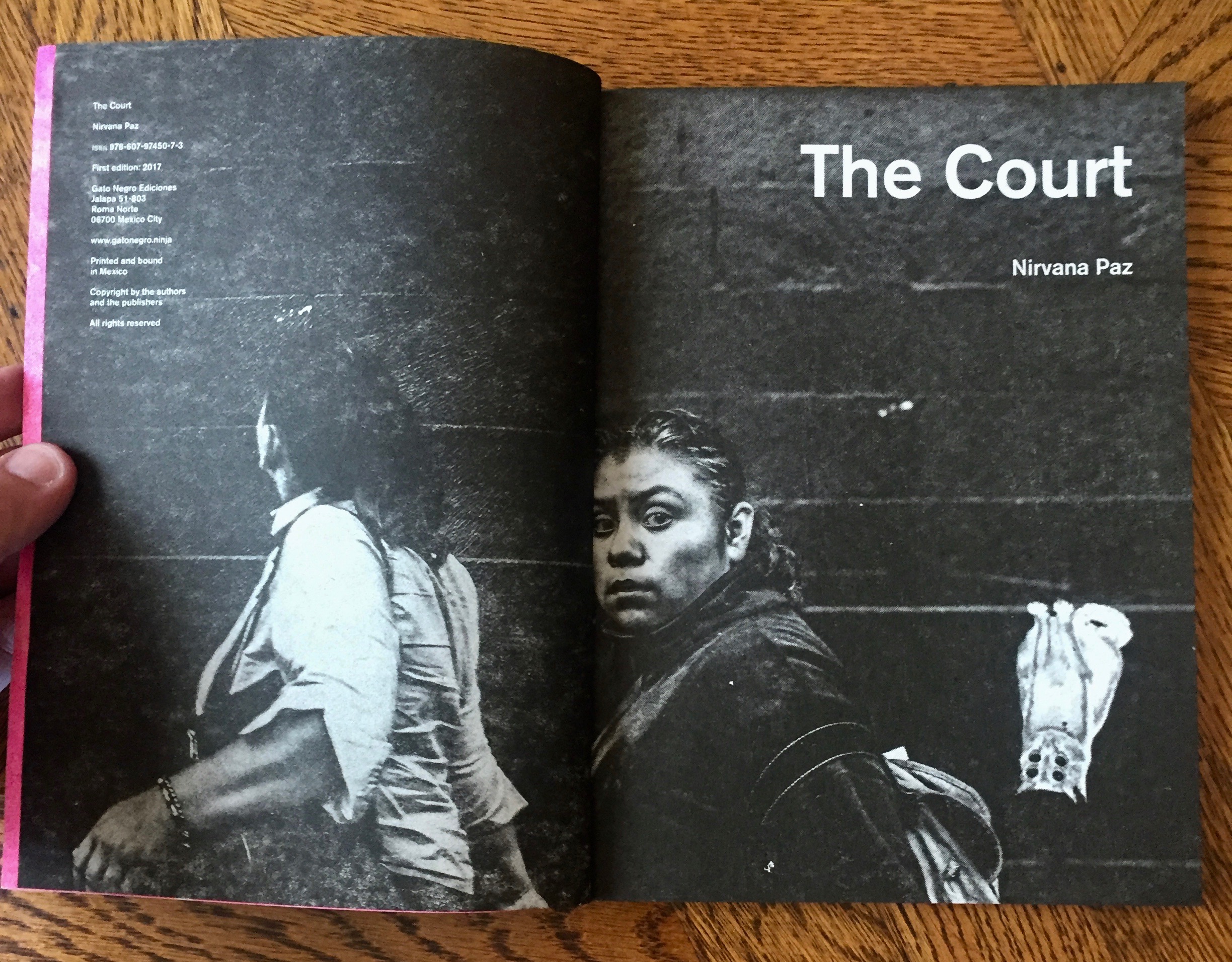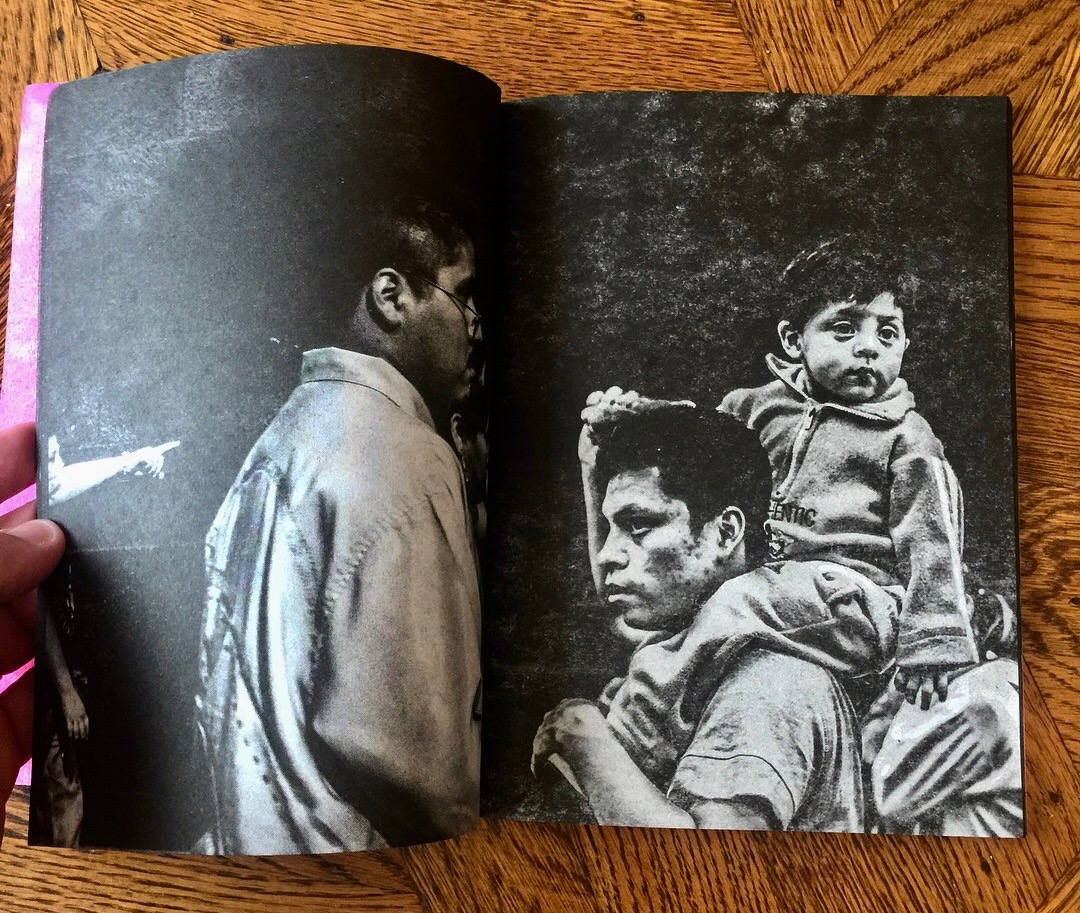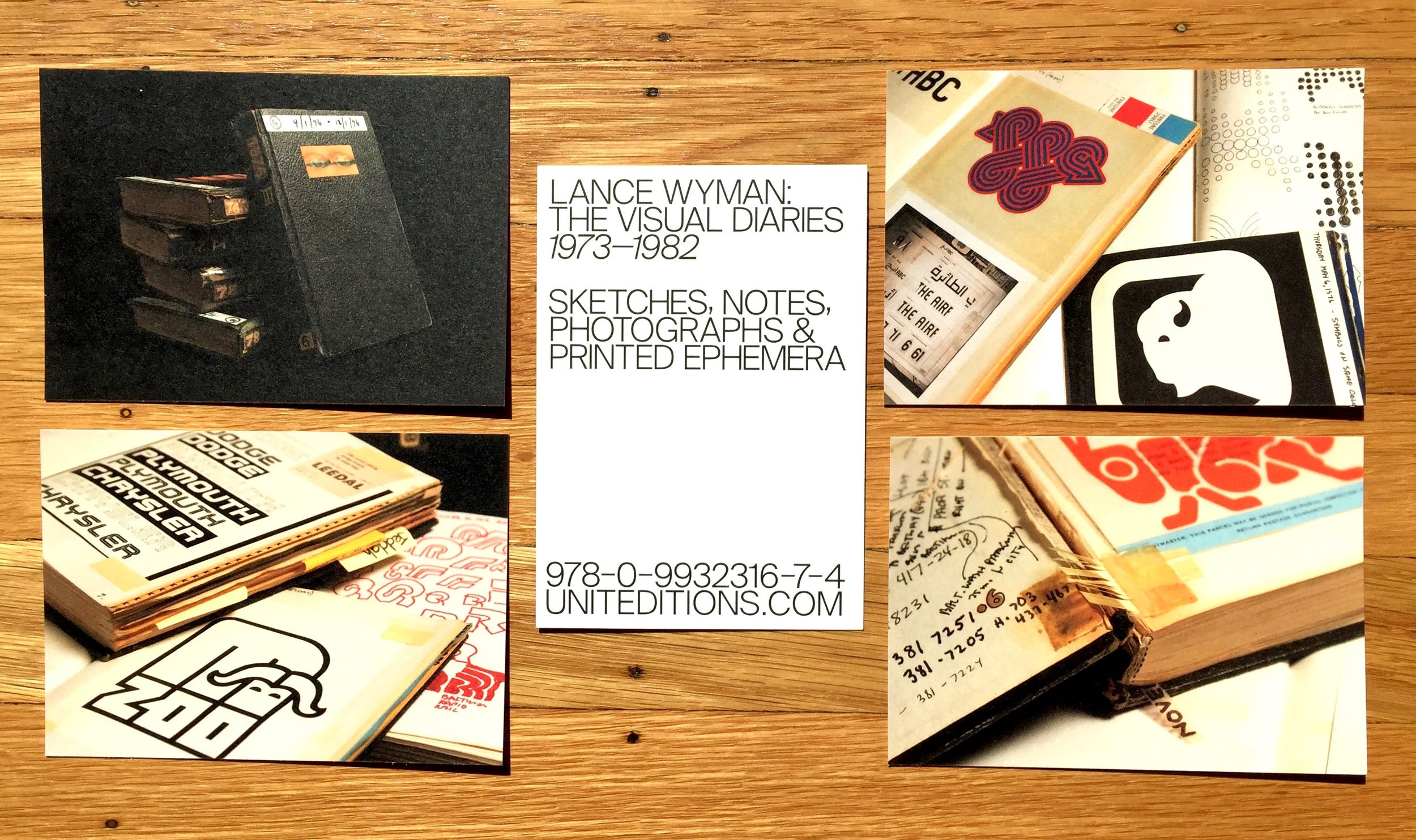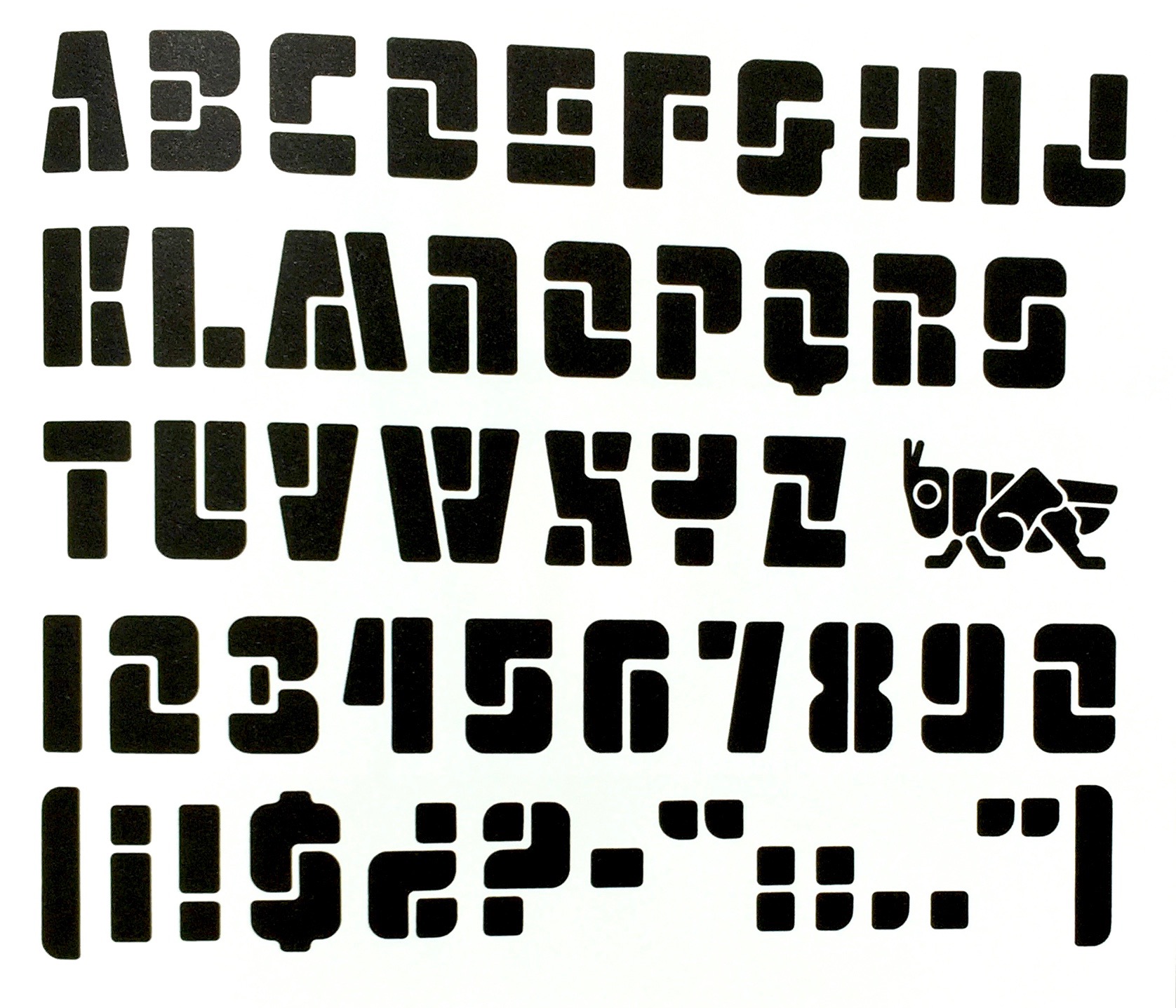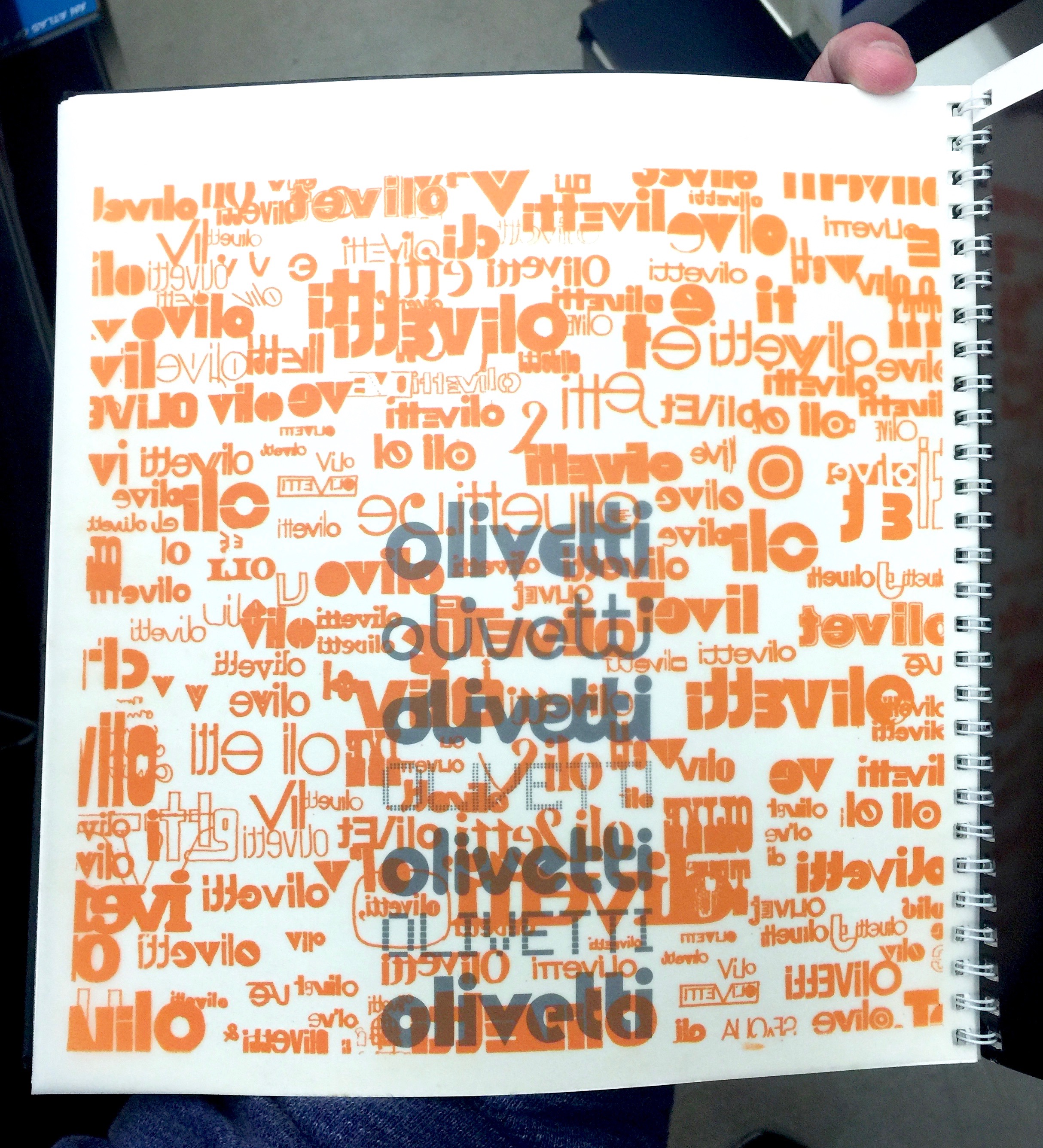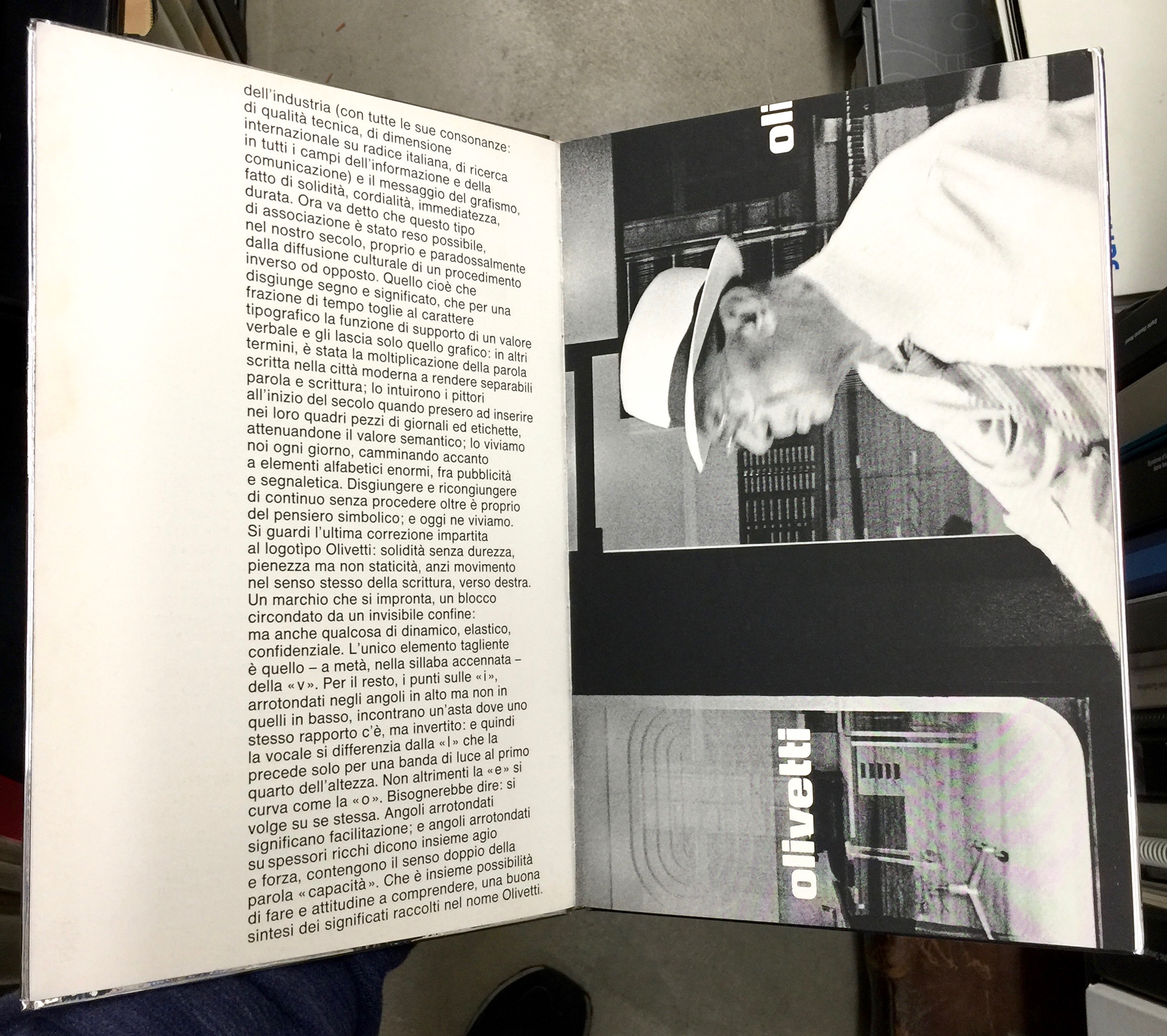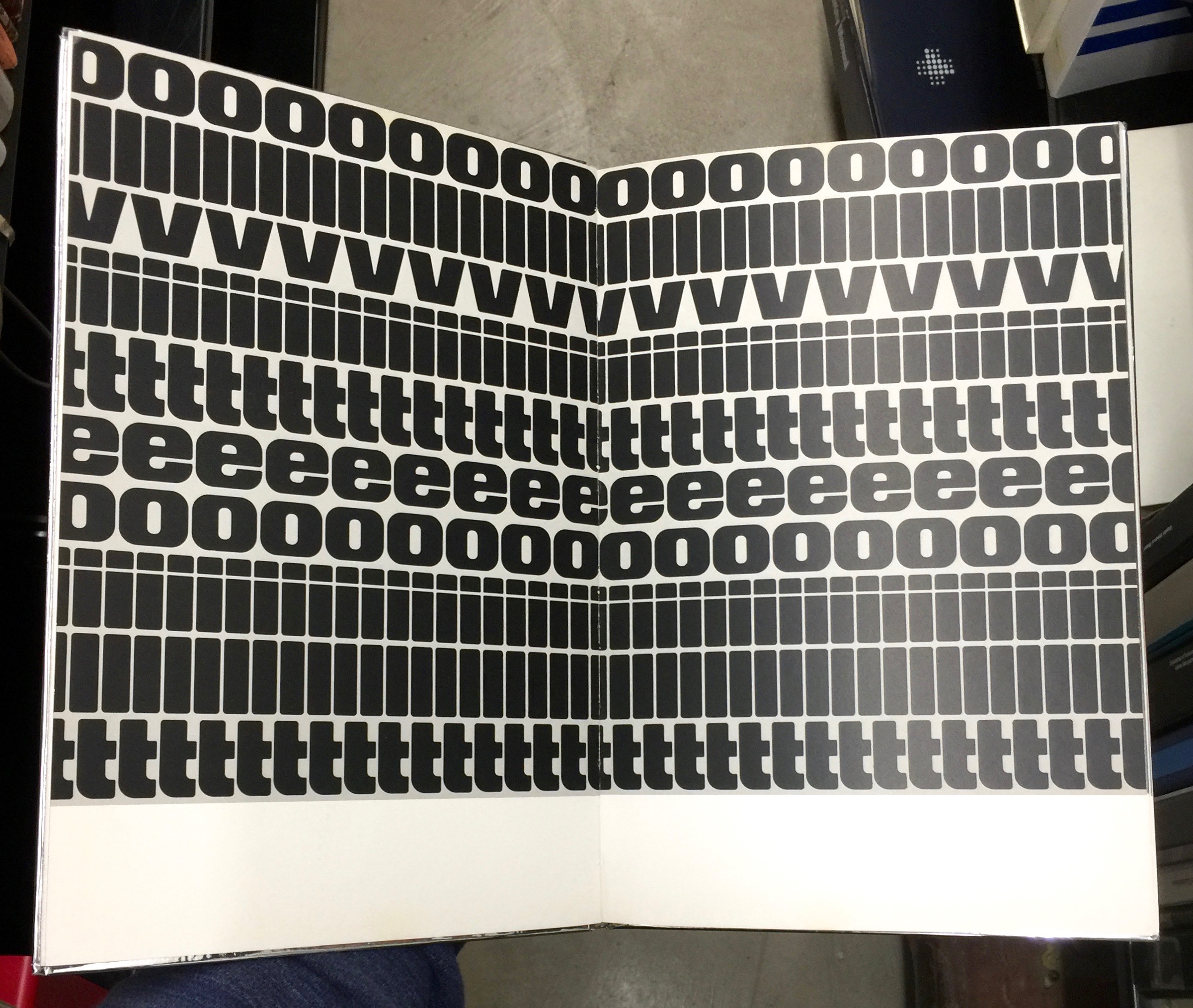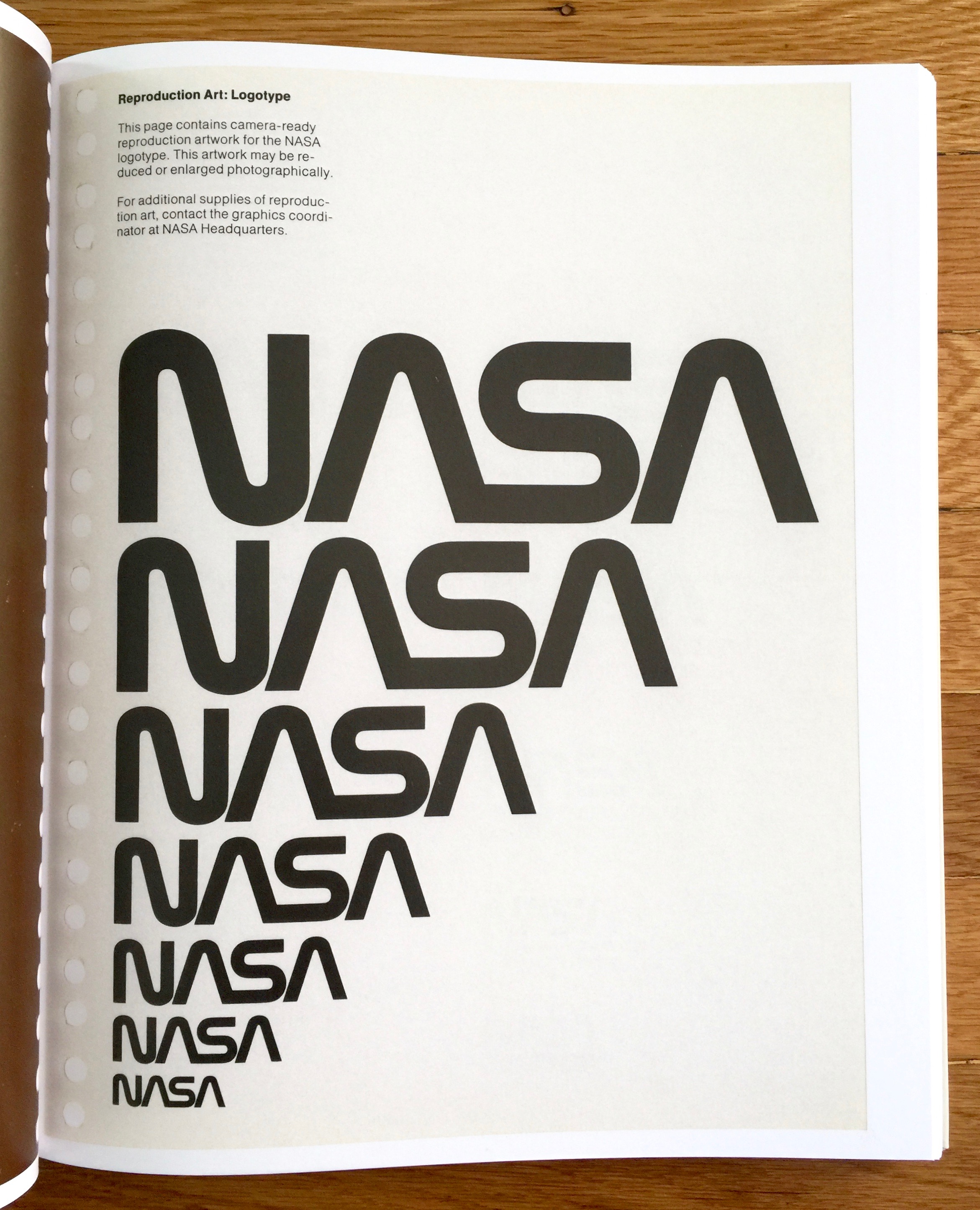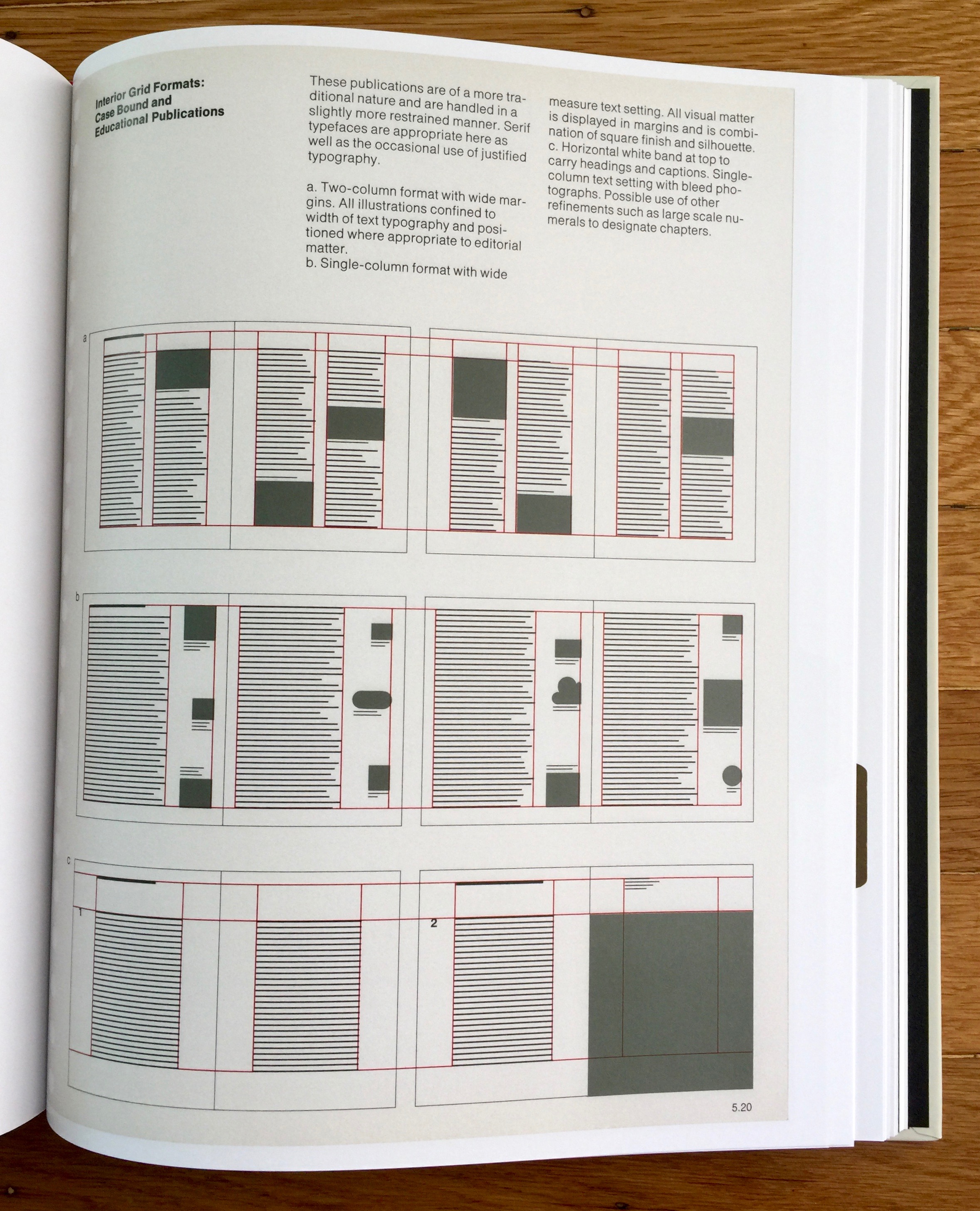Here are a few items that I didn’t feel I could put a full post together for back in 2018. Either it’s because they only have a few pics or they were items I’ve spied elsewhere so didn’t have much extra info for them.
Coca-Cola Advertising Manual
Spotted this at the Letterform Archive back in June. It’s a massive landscape brand and advertising guideline for Coke. And it’s amazing, covering approach, point of sale and adverts. I think it’s from the 50s but will need to check with the guts at the archive.
This page is particularly amazing. An interactive point of sale planner with ‘mind of the viewer’ annotation.
The insanely skilled printing of Ramano Hänni
This is another Letterform Archive gem. The piece Typo Bilder Buch is incredible as it’s hand printed on kitchen towel! I think I remember Ron from the archive saying that one of the pages has over 13 passes but I might be wrong - it could have been even more.
Court by Nirvana Paz from Gato Negro Ediciones
Came across Gato Negro Ediciones at the 2018 SF Art Book Fair at Minnesota Street Project. Fantastic small press from Mexico City specialising in riso print. I picked up this fabulous photo essay book. The black print makes it feel almost like these are charcoal sketches - incredible photography and production work.


